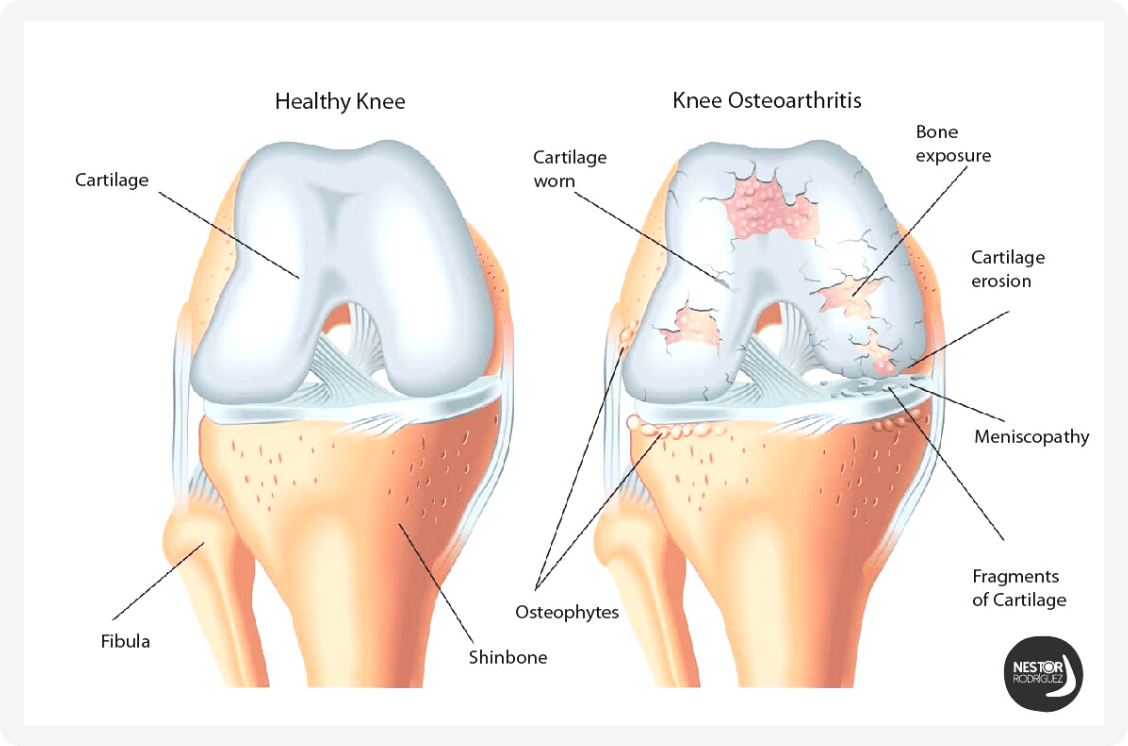What’s happening in Clinic at SMI
Things are continuing as normal as possible at SMI. Dr Pitsis and the team are still available for appointments and with the end of the COVID-19 lockdown in sight, we look forward to being able to welcome back the members of Genisys Gymnasium soon. Read on for some helpful information about the treatments available at SMI.
Dr George Pitsis
Dr Pitsis is still seeing patients in clinic during the latest COVID-19 outbreak. Dr Pitsis is taking all measures to ensure the safety of his patients and team.
Cortisone Injections
What is Cortisone?
“Cortisone” is the term used for the group of drugs called corticosteriods. The cortisone used in our clinic at Sports Medicine Institute is called Celestone Chrondose, generically known as Betamethasone.
What is Cortisone used for?
Cortisone is commonly used to reduce inflammation which is associated with pain, tissue swelling, and loss of function in the
musculoskeletal problems. These include problems such as arthritis and tendonitis. The Cortisone injection is generally used as an adjunct to a multi-disciplinary treatment plan.
What are the benefits of Cortisone?
The injection can have both diagnostic and therapeutic benefits. If symptoms are reduced by the effect of the local anaesthetic, this provides clinical evidence the pathological structure injected is the cause (or partly) of the pain, hence
being ‘diagnostic’.
Depending on the balance between mechanical and inflammatory components of the presenting problem, the injection may then provide a ‘therapeutic’ effect by settling down the inflammation. The rate and length of success of this depends on mnay factors including the chronicity and severity of the problem, associated mechanical components and biomechanical predisposing causes being addressed. For a small number of patients there may be no benefit at all.

Dr George Pitsis – Cortisone Injections cont
How long do they last for?
Cortisone is in crystalline form, which allows it to stay at the site of the injection and continue to work for 3-4 weeks. It is its crystalline form that can result in the side effect of ‘poststeriod flare’ (see below). However, once cortisone has its anti-inflammatory effect, quiescence can be can be maintained beyond this period with appropriate management
What are the risks and side effects?
As with any drug treatment there are some risks and side effects, however it is rare that there are any major complications with
Cortisone injections.
The most common side effect is an increase in pain in the area before the Cortisone starts to work, known as a ‘post-steriod flare’. This occurs in a minority of patients (up to 5%) and generally last for 24-48 hours after the injection.Paracetamol and cold packs can help ease this pain if it occurs. If it remains for more than 48 hours, please contact you would be advised to call Sports Medicine Institute.
There is a theoretical risk of weakening soft tissues, and it is recommended an injection around a tendon is rested for a week before a graded return to activity is commenced. It is extremely important you follow the advice of your Sports Physician to avoid harm and further injury.
There is a 1:10,000 chance of infection, and all the necessary universal sterile techniques are adhered to, including the use of gloves, antiseptic, and a ‘no touch’ technique.
How many injections can I have?
Generally speaking, three injections into any one site is the maximum recommended number, usually spread by a least one month. Injections into other sites can be safely administered without any deleterious consequences.
Are there alternatives?
There may be other appropriate alternatives to your condition including Platelet Rich Plasma (PRP) injections, Hyaluronic Acid Viscosupplementation (e.g. Synvisc One, Durolane), and Orthokine injections. These can be discussed further with your Sports Physician.
Osteoarthritis & How Can Our Physiotherapists Help?
Approximately 1 in 5 Australians over the age of 45 suffer from osteoarthritis currently. Current research continues to recommend a combination of exercise and patient education as first line treatment for osteoarthritis, yet many patients fail to receive exercise prescriptions regularly.
Physiotherapist Brendon Ford
A high-quality study from 2017 investigated the impact of a physiotherapist lead structured 8-week program incorporating both education and exercise targeted a people with painful osteoarthritis of the hip and knee. Results indicated that participants had a reduced pain, improved quality of life and improved physical function. Additionally, participants who completed the program had lower painkiller usage than their control counterparts.
Physiotherapist & Exercise Physiologist Tom Stretton
If you are experiencing pain, why not book an appointment with one of our Physiotherapists today. Brendon & Tom are available for early morning and late afternoon appointments, Monday to Saturday. To book an appointment CALL US on 9525 3444.





